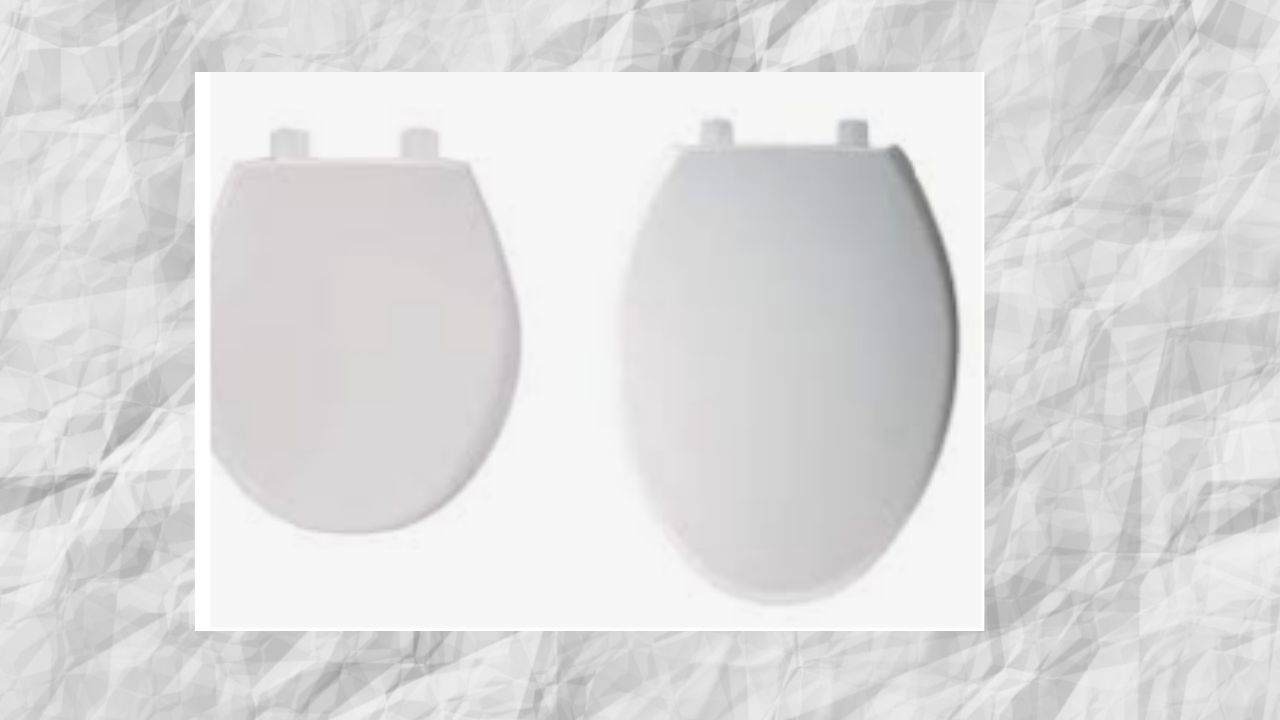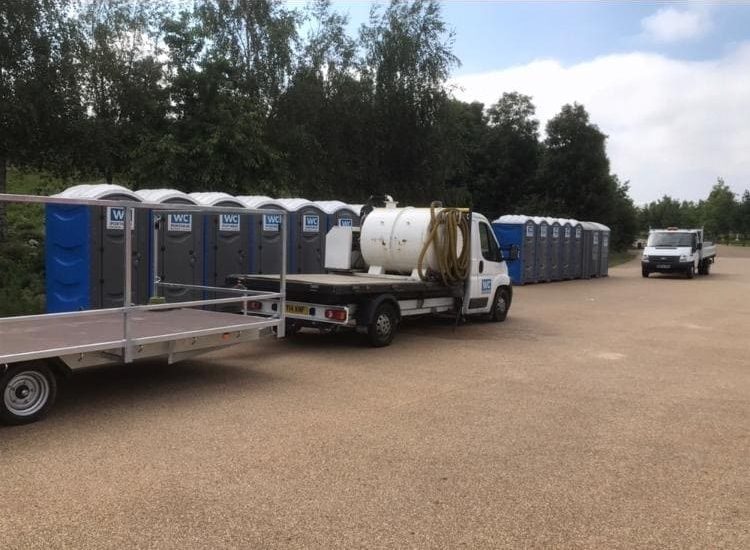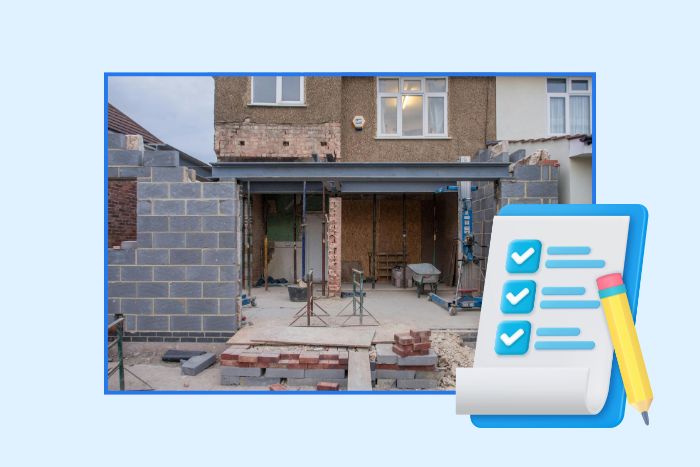We’ve all used a toilet – either in a public or private setting. We approach these facilities feeling a varying degree of discomfort but depart in a much lighter and happier mood. Well, the hygiene state and the number of users at the period also has an impact on our overall satisfaction level.
Not all toilets are built or designed the same way. From a functionality point of view, they might be included in the same class but there are subtle differences in design and layout. One of such variables is the shape of the toilet bowl.
The two main shapes of a toilet bowl:
The choice of a toilet bowl could be largely determined by the available space in the facility and the period in which the unit is built. Toilet bowls usually come in two main shapes – elongated and round. These shapes have their benefits and disadvantages but there are conditions in which one is preferred over the other. When it comes down to it, they are both toilet bowls designed to serve users in answering the call of nature. There are certain elements or features that can determine how one of these styles may edge the other. Let’s explore some of these key differentiators:
Important components that differentiate the two types of toilet bowls:
1) Comfort: We would prefer a more comfortable toilet experience. The nature and style of the bowls play an important role in determining our comfort levels. Based on these criteria, the elongated bowls have the edge. The longer shape may allow for a slightly better comfortable sitting posture for some taller folks.
2) Ease of cleaning: Toilets require regular and thorough cleaning to prevent the habitation and spread of bacteria. We spend a considerable amount of time both at home and in public spaces like train stations and office facilities. It is a place where germs can easily attack the human body. For elongated bowls, cleaning is easier because they have less of a narrow opening or crevice. With this design in place, brushes can easily find their way to all areas where dirt can build up, thereby ensuring the hygiene standard. Cleaning is likely to take less time in comparison to the round bowl counterpart.
3) Toilet space: Some toilets have more room than others. Standard toilets have dimensions that range between 28 – 30 inches in depth, approximately 20 inches wide and a height of about 27-32 inches. Elongated toilets are usually 2 inches long and will require more toilet room than their rounded compatriots. The round toilet bowl wins the contest based on this feature.
4) Toilet installations: It is obvious these bowls are usually installed before use. From a difficulty level, they both have similar complexity. You might consider this a tie, although the elongated toilets might be a tad complex there is nothing much to separate the two styles.
5) Cost: Price could be a factor when purchasing toilet bowls for installation and use. The rounded bowls cost of product and installation maybe around 15% less than the elongated units. These figures are more typical when comparing units from the same manufacturer and grade.
6) Water consumption: The amount of water toilets consume could sometimes be determined by the nature and design of the plumbing system. The toilet float in most tanks also has an impact on the amount of water that is maintained in the tank. Based on these criteria, both toilet bowls are the same. They consume a similar amount of water when used.




